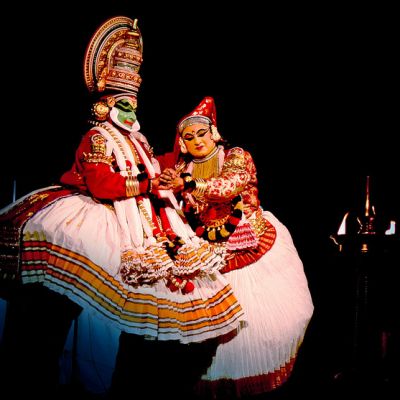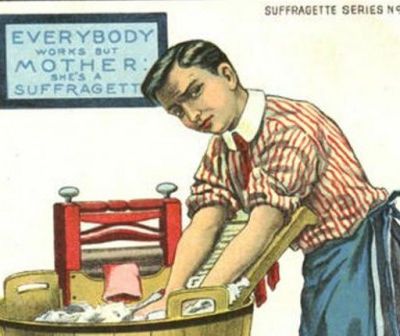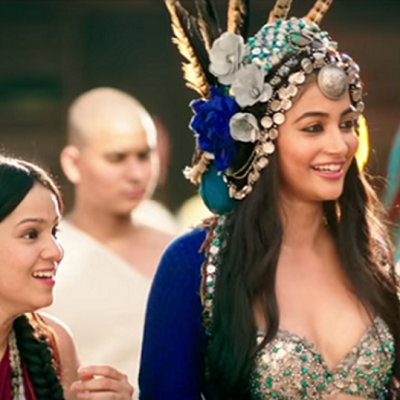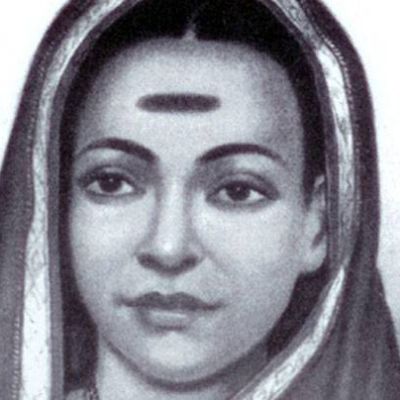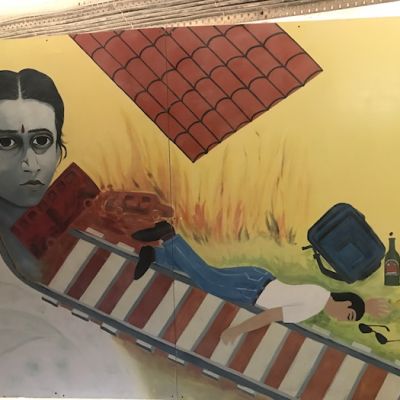history
किसी शास्त्रीय नृत्य को देखने वाले एक आम दर्शक के रूप में मुझे लगा कि यह सब किस तरह से मुझसे और मेरे जीवन से सम्बद्ध है। इन नृत्य प्रदर्शनों में दिखाए जाने वाले कथानक अक्सर वे कहानियाँ होती है जिन्हें मैंने बचपन से सुना है फिर भी मुझे इसमें कोई विशेष रूचि नहीं लगती। लेकिन सुश्री रत्नम के दृष्टिकोण के आधार पर, पुराने कथानकों को आधुनिक रूप देने के उनके प्रयासों और किसी पुरानी परंपरा के लुप्त हो जाने पर दुःख प्रकट करने के स्थान पर नृत्य को एक नया रूप देने का के प्रयास को देखते हुए भरतनाट्यम और अन्य शास्त्रीय नृत्य अब और अधिक प्रसांगिक हो जाते हैं जिनसे आप आसानी से जुड जाते हैं।
It was the beginning of what has been called the Great Male Renunciation, which would see men abandon the wearing of jewellery, bright colours and ostentatious fabrics in favour of a dark, more sober, and homogeneous look. Men’s clothing no longer operated so clearly as a signifier of social class, but while these boundaries were being blurred, the differences between the sexes became more pronounced.
This article was originally published in the NPR. January 8, 2018; TANIA LOMBROZO Two recent books, one a manifesto by British…
I grew up with a book cupboard where Paul Gallico’s Love of Seven Dolls rubbed shoulders with Germain Greer’s The…
Any desire, not necessarily or narrowly sexual, but perhaps related to sexuality, such as independence, equality, gender role-bending, controlling your own finances, eating the food you’d like to eat as opposed to the food your spouse desires, wearing the clothes you’d like to wear, birth control, choosing to have or not to have children … any of these desires would have only that importance that the individual concerned is able to apportion to it.
Desire is never straightforward, and it cannot be straitjacketed – in fact, there is nothing straight about desire at all. Any issue dealing with desire, therefore, is wasted if viewed through a monochromatic lens.
So why do we have to have fixed notions of gender roles and food?
Kiran Bhat is an author and polyglot who speaks 12 languages, and has written in English, Kannada, Spanish, Portuguese, and Mandarin. His recently published book, We Of the Forsaken World, has been described as “the tales of not just sixteen strangers, but many different lives, who live on this planet, at every second, everywhere”.
Every part of life, the world too, is storied. Stories are the thread that hold histories and truths together. Stories are at the core of myth-making. Everything that we know is part of multiple crisscrossing relational storylines that we raise and those that we have no power in raising.
Bollywood’s period dramas have a history of misrepresenting the past. From Mughal-e-Azam (1960), where the story of Salim’s rebellion is wrongly attributed to love, to Bajirao Mastani (2015) portraying Balaji Bajirao as a Marathi superman, Bollywood cannot seem to get the history right in historical fiction. The trailer and posters of Ashutosh Gowariker’s Mohenjo Daro indicate that this tradition will be perpetuated.
By Sanchari Pal about a year ago A hard hitting film that underlines a woman’s freedom to her body and sexuality, the recently…
Founded in 2007, the Museum for Contraception and Abortion, in Vienna, Austria, is the world’s most thorough collection of the different methods and objects humans have used to prevent the birth of other humans.
A space can make us feel constricted or liberated, and sometimes even both at the same and at varying times. The combination of spaces that we may be occupying in the moment, as well as those we have in the past, predisposes us to act, feel and experience our sexuality in different ways.
The Ganja-Mahua Chronicles is an art project that draws attention to the role that marriage plays in upholding India’s caste…
In the portrait series ‘Faces and Phases’, South African photographer Zanele Muholi has created a visual record of black lesbian history that spans more than a decade. In the striking photos set against different textures and backgrounds, Muholi showcases the diversity and fluidity of black lesbian identity in South Africa.

